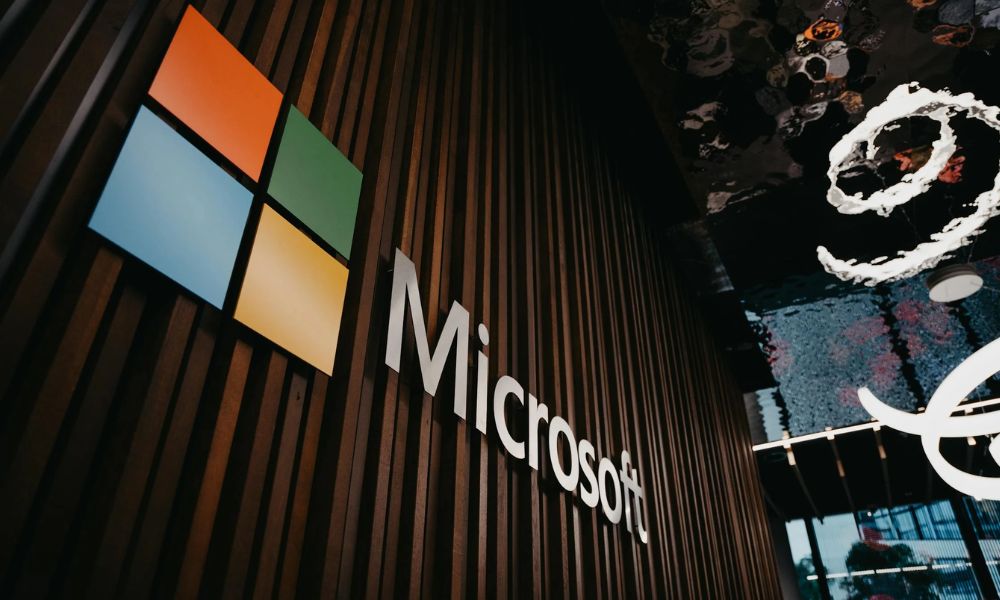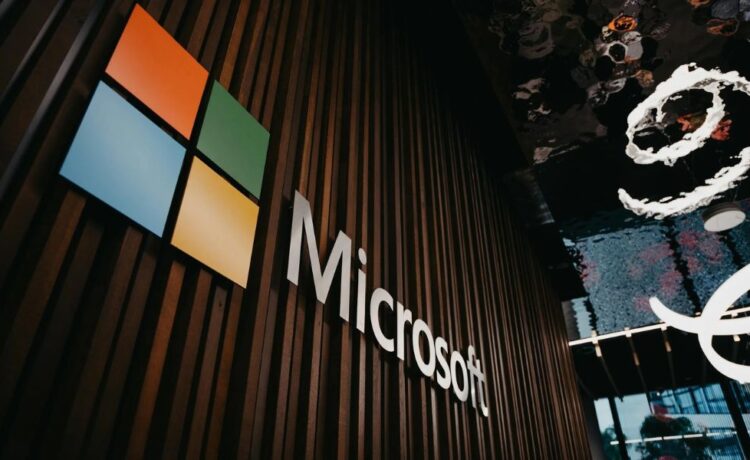In another win for AI against its human counterparts, Microsoft has announced another round of layoffs in 2025. News of the Microsoft workforce cuts broke on Tuesday, with a 6,000-strong cut planned at the tech firm. Reports suggest that the company is slashing 3% of its workforce globally, despite strong sales and profits numbers reported for its last quarter that ended in March.
Despite the common assumption that layoffs are a last-ditch strategy when times get tough and companies need to cut costs, it is equally commonplace to trim the edges when the business is doing well. The latest round of Microsoft job cuts is a prime example of how company success does not always mean job security. Layoffs can follow a company acquisition or a successful financial year in equal measure, and good individual performance offers no guarantee of continued employment.
A clear reason for the Microsoft layoffs has not been presented, but AI investments are assumed to be the prime explanation for the latest job cuts at the company.


The Microsoft layoffs in 2025 join a long string of other businesses that are cutting workers in favor of AI. (Image: Pexels)
Microsoft Layoffs in 2025 to Eliminate 6,000 Workers
Microsoft had 228,000 employees as of last June, with 55% of them in the US, but the numbers are about to change significantly in 2025. The recent workforce reduction plans are the largest the company has explored since 2023 when it removed about 10,000 workers from its payroll in order to undo some of the headcount inflation caused during the pandemic-era hiring spree.
The company will axe 6,000 workers or 3% of its global workforce, and some of these cuts have already begun. In Washington, the company informed the state that it was letting go of 1,985 workers at its Redmond headquarters, with many of the jobs centered in software engineering and product management, according to AP News.
Microsoft’s workforce reduction plans will expand across departments and locations, but they are centered heavily around managers. Reports suggest that the cuts will extend to Microsoft’s various platforms and businesses like LinkedIn, Azure, GitHub, and Xbox, but no concrete numbers have been provided for how many will be affected in these segments.
There have been multiple reports of layoffs across the gaming industry, with EA being a prime example of workers bearing the brunt of changing times. Considering Xbox recently raised the prices of its consoles in light of the tariffs placed on its products, it’s no surprise that Microsoft is exploring workforce cuts here as well. On the other hand, LinkedIn is investing very heavily in AI, and the job cuts appear to be a natural result of the focus.
Microsoft Banks On AI Investments To Lead the Way Forward
Microsoft’s restructuring in 2025 has been linked to its AI ambitions and investments in building up its presence in the industry. The company expects to spend $80 billion on AI efforts in the fiscal year 2025, and with such significant investments, workforce cuts appear almost inevitable.
Analyst Gil Luria told Reuters that with consistent investments of this scale over the next few years, Microsoft may continue to lay off 10,000 workers to “make up for the higher depreciation levels due to their capital expenditures.” This means that this may not be the last Microsoft layoff update we see this year.
In a previous interview, CEO Satya Nadella described the future of Microsoft as a “distillation factory” that could take larger AI models and break them down into specialized task-specific tools. He also explained that around 30% of the company code was already being written by AI. We have witnessed Microsoft’s push to bring its Copilot AI function to its products, and the drive is only expected to get more purposeful from here on out.
Microsoft’s AI-related job cuts have already led to a more pronounced presence in its customer service call centers. It is likely that other departments will also be made to work alongside AI instead of a coworker soon enough.
Employees Are Feeling the Sting of the AI-First Approach
Workers across industries are understandably worried about the AI invasion within their workplace. It is no longer enough to ensure good performance to keep your job as layoff can come for their position at any time.
From Google to Intel, most organizations are doubling down on their AI investments as the primary focus of the organization, and pushing workers out in the process. IBM recently cut down on its HR workers to replace them with AI, which is a very obvious example of just how dire the conditions are.
Working with AI presents an unfathomable scale of opportunities, but employees are now being forced to side-eye the technology because of the risks that come with it. There is a general sense of enthusiasm among workers to use AI, but most are unwilling to see it as a positive when it comes at the cost of their jobs.
Especially considering Microsoft’s decision to lay off workers to make investments elsewhere, it is hard for workers to believe that good performance will lead to good results. It is obvious to most that their performance does not guarantee a successful career, despite the company’s earlier announcement of a stringent performance policy. This atmosphere is counterproductive and does little to help companies that want to perfect their services and optimize their services in 2025.
The Microsoft Layoffs May Drive Customers Away as Well
Duolingo’s AI-first drive to replace contractors with AI might have been packaged as good news, but users are pushing back and turning away from the app in disgust, making it obvious that the AI advancements feel like a win for business owners and no one else.
The Microsoft layoffs in 2025 will negatively affect employees, but there is also obvious resistance from customers and end-users, which businesses need to take note of. A company as big as Microsoft may be able to get away with alienating some of its users, but smaller businesses need to keep the general sentiment around AI in mind as they make their own investments.
From the current climate, it is apparent that going all-in on artificial intelligence may not be the best strategy right now.
Have thoughts to share about the AI-centric job cuts at Microsoft and other tech organizations? Let us know what you think. Subscribe to The HR Digest for the latest updates on how the landscape of employment is evolving in 2025.


